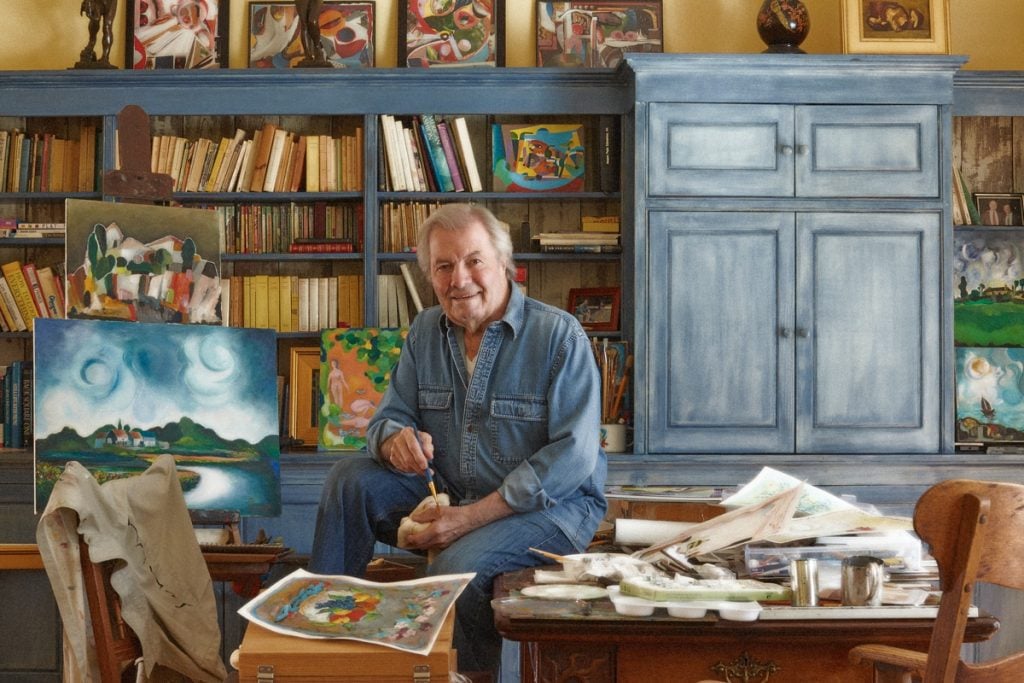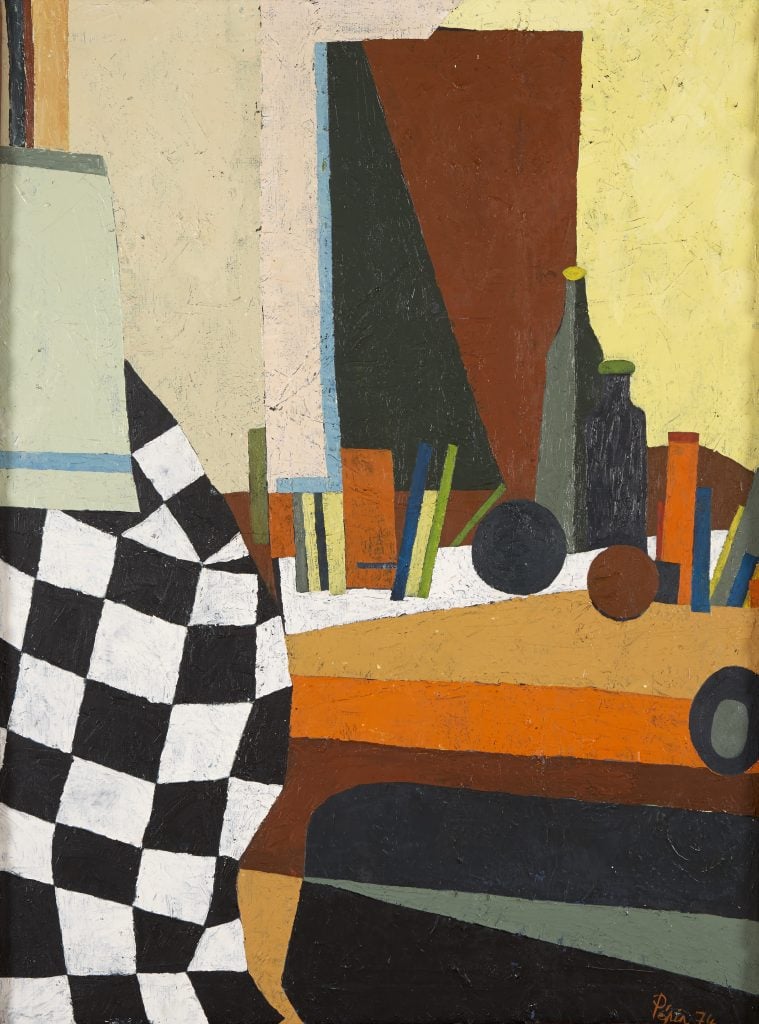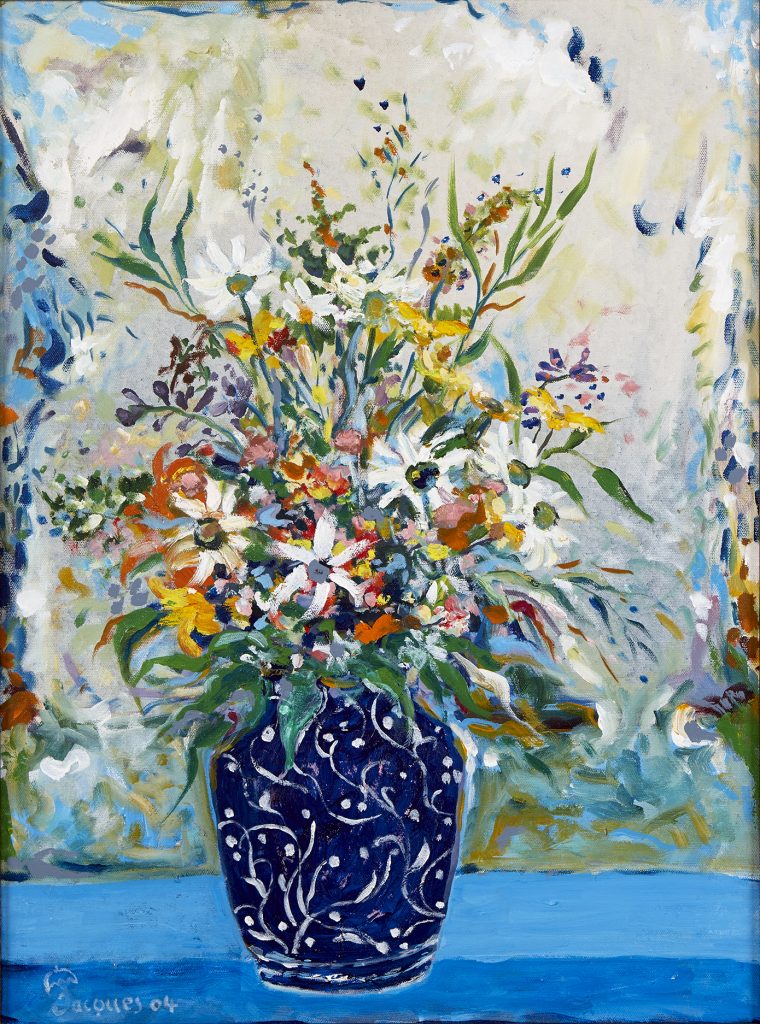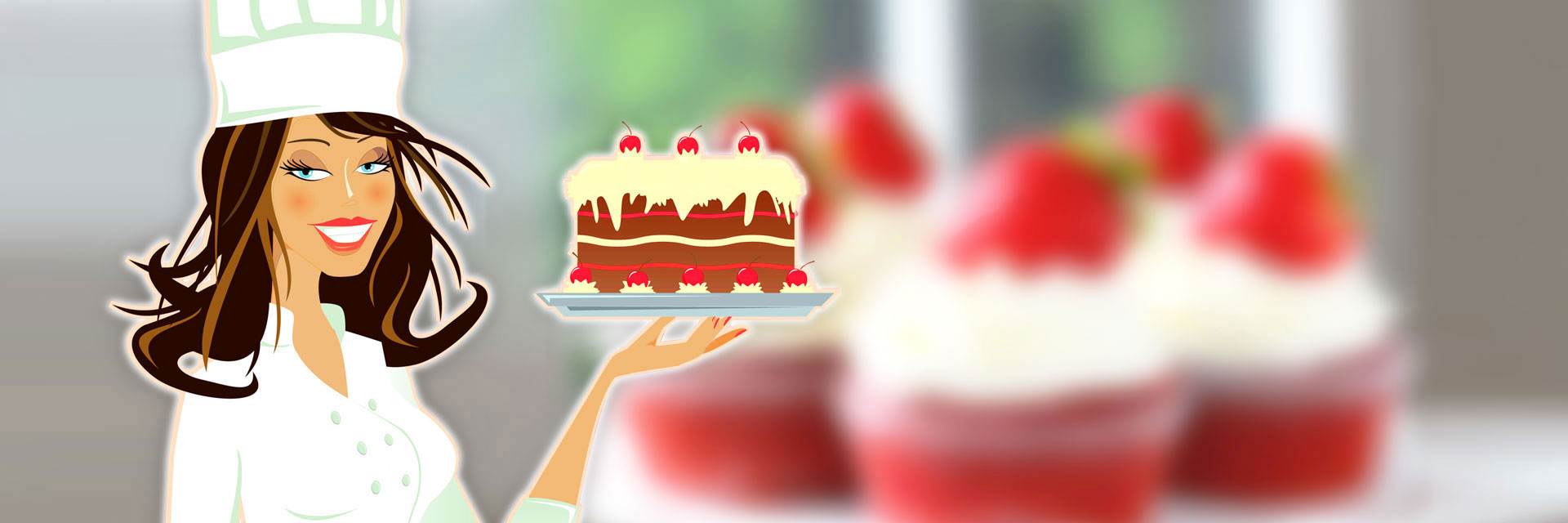
‘A Painting Is Never Finished’: Legendary Chef Jacques Pépin on His Secret Life as an Artist, and Why He’s Sharing It Now
The French American chef has a solo museum exhibition showcasing 50 years of his art.
Sarah Cascone, January 3, 2022

At age 86, Jacques Pépin is tired of writing cookbooks. That’s why his next book about chicken won’t be about how to cook it—instead, it will feature a selection of chicken-inspired artworks by the celebrated French chef, who happens to be just as at home behind an easel as he is at a gas range.
“I have over 130 illustrations painting chickens,” Pépin told Artnet News. “They wanted me to recipes with it, but I said ‘I have 30 books of recipes. I don’t want to do more recipes!’”ADVERTISING
The volume, due out this fall from Harper Collins, is more in the vein of his 2003 memoir The Apprentice, which revisits pivotal moments in Pépin’s life and career through the lens of preparing his favorite fowl, from collecting eggs as a child to serving as the personal chef for Charles de Gaulle. It will be titled Jacques Pépin, Art of the Chicken: A Master Chef’s Stories and Recipes of the Humble Bird.
“It will be a book of art and painting, but at the same time a book of stories,” Pépin said.
The book hasn’t been the only thing keeping the chef, who lives in Madison, Connecticut, busy. Since March 2020, Pépin has filmed more than 250 instructional cooking videos for his Facebook page, which is maintained by his daughter, Claudine Pépin. And then there’s his big exhibition at Connecticut’s Stamford Museum and Nature Center. Titled “The Artistry of Jacques Pépin,” it features more than 70 works of art created over the past 50 years. online. Collectors can choose from original works on paper or canvas, which range from $4,000 to $30,000, as well as signed prints for $195 to $1,900. (A portion of sales support culinary education and sustainability.) “I didn’t want to do it, but it’s been more successful than I ever would have thought,” Pépin said.
online. Collectors can choose from original works on paper or canvas, which range from $4,000 to $30,000, as well as signed prints for $195 to $1,900. (A portion of sales support culinary education and sustainability.) “I didn’t want to do it, but it’s been more successful than I ever would have thought,” Pépin said.
We talked with the chef about the two sides of his creative life and how they fit together.
How did you come to illustrate so many menus?
When we would have guests at the house, I would write the menu out, and then I started illustrating them a little bit. I ended up doing a lot of chickens. Now we have about 12 books of those menus. That’s my whole life, basically. My daughter Claudine was here yesterday, and she was looking back at them and found one from when she was four years old where she had drawn a little chicken with its friend.
How does your approach to making food differ from your approach to making art?
I have been in the kitchen for over 70 years now, and I am known there for technique. Any good chef must first be a technician—repeat, repeat, repeat, so long that it becomes part of your DNA and you don’t have to think about it. In painting, it’s different, because I am not a great technician. I still don’t really understand all of the ways of mixing one paint with another to get different colors.
But otherwise, there is a similar process. As a professional chef, when I start cooking something, I don’t have a recipe. I take one ingredient, I put it with the other. It looks this way, so I do that. I test, I adjust. Eventually, the recipe kind of takes ahold of me and it takes me somewhere, and I stop when I think it’s finished.
Likewise when I start painting, maybe I know am going to do a landscape or a bunch of flowers, but I don’t know exactly where I am going. At some point, the painting kind of takes over, and then I react to it. I don’t even question myself. “Is it good, is it bad?” It’s immaterial to me. It’s just purely a kind of a reaction, just like the way that I do in cooking, in a sense.
Jacques Pépin in his studio. Photo by Thomas Hopkins, courtesy of the Stamford Museum and Nature Center.
And how do you compare your finished results in the kitchen and in the studio?
Very often, I do a painting, and I retouch it and retouch it. It’s very hard sometimes to stop. In a sense, a painting is never finished, it’s just abandoned at some point. And if I see a painting a few years later, I will touch it again.
The food is different. I would love to be able to taste food that I made 50 or 60 years ago. I probably would be surprised to cook that way now. But of course the food is very vanishing. It disappears, and all you have left is memory. The Artistry of Jacques Pépin” is on view at the Stamford Museum and Nature Center, 39 Scofieldtown Road, Stamford, Connecticut, November 19, 2021–January 30, 2022.
The Artistry of Jacques Pépin” is on view at the Stamford Museum and Nature Center, 39 Scofieldtown Road, Stamford, Connecticut, November 19, 2021–January 30, 2022.
Article topicsContemporarySarah CasconeSenior Writer

0 comments on “Who Knew Chef Jacques Pepin was also an Artist?”Add yours →